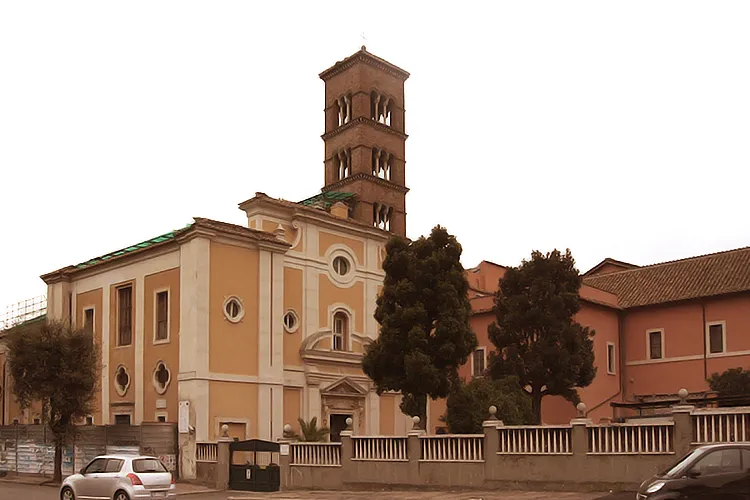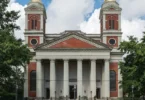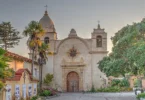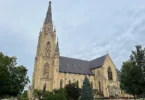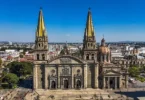Introduction
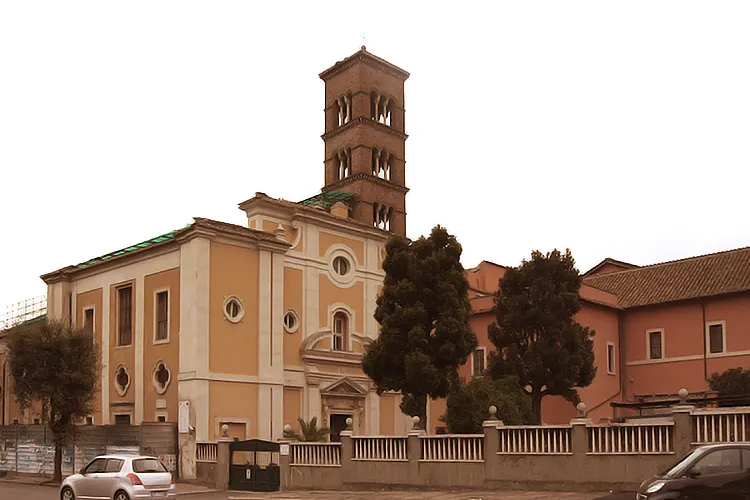
The Basilica of San Sisto Vecchio, located along Via Appia in Rome, Italy, is a significant Catholic minor basilica and Dominican conventual church. Established as a titular church in 600 AD, it has maintained its importance over the centuries. The basilica is currently under the guidance of Cardinal Antoine Kambanda. As a historic site, it blends religious, artistic, and architectural heritage, continuing to play an active role in the Catholic Church while housing a monastery occupied by Dominican nuns.
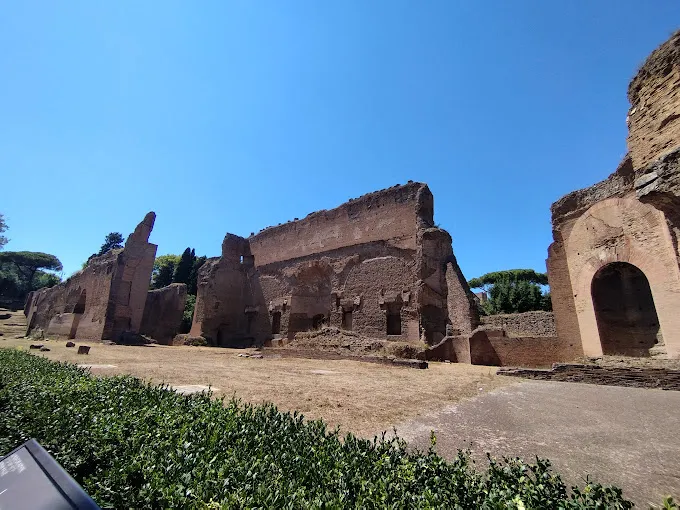
The Basilica of San Sisto Vecchio traces its origins back to the fourth century. Originally known as the Titulus Crescentianae, the church is thought to have been founded by a Roman woman named Crescentia, possibly a noblewoman who either financed or played a key role in its establishment. According to tradition, Pope Anastasius I (399–401) was responsible for the church’s founding, further connecting it to early Christian Rome.
San Sisto Vecchio is particularly significant due to its dedication to Pope Sixtus II, a martyr who was killed in 258 AD during the reign of Emperor Valerian. The church is home to the relics of Pope Sixtus II, which were transferred to the basilica from the Catacomb of Callixtus in the sixth century. This connection has made San Sisto Vecchio an important pilgrimage site for centuries, reinforcing its status in the Christian world.
Reconstruction and Restoration
Over the centuries, the basilica underwent several reconstructions. In the early 13th century, Pope Innocent III oversaw the rebuilding of San Sisto Vecchio after it had fallen into disrepair. This reconstruction was part of the larger effort to preserve and renovate many early Christian churches in Rome. The current structure of the basilica is largely the result of restorations under Pope Benedict XIII in the 18th century, which gave the church a more Baroque appearance while retaining key elements of the earlier design. The most significant features that remain from the medieval period are the bell tower and the apse, both of which serve as symbolic links to the basilica’s ancient roots.
Artistic Heritage
One of the most remarkable aspects of San Sisto Vecchio is its 13th-century fresco cycle, which adorns the church’s walls. These frescoes depict scenes from both the New Testament and the Apocrypha, illustrating the artistic and theological richness of the time. Though some of the frescoes have suffered damage due to the passage of time, they remain a crucial part of the basilica’s artistic heritage and offer a glimpse into the religious imagination of the Middle Ages. The preservation of these frescoes further underscores the church’s importance as a site of Christian art and devotion.
The Role of the Dominican Order
In the 13th century, the Dominican Order became intricately linked to the Basilica of San Sisto Vecchio. In 1219, Pope Honorius III invited Saint Dominic and his companions to take residence at the basilica of Santa Sabina. Following this, in 1222, Dominic founded a convent and studium at San Sisto Vecchio, marking the establishment of the first Dominican studium in Rome. This foundational moment in the history of the Dominican Order would later contribute to the creation of the College of Saint Thomas at Santa Maria sopra Minerva and eventually the Pontifical University of Saint Thomas Aquinas (Angelicum).
The Dominican influence at San Sisto Vecchio was part of Pope Honorius III’s broader efforts to reform women’s religious life in Rome. As part of this initiative, the basilica became a key site for the education and spiritual formation of religious women. Even today, Dominican nuns continue to occupy the monastery at San Sisto Vecchio, maintaining a tradition that stretches back nearly 800 years.
Architecture of Basilica of San Sisto Vecchio in Rome, Italy
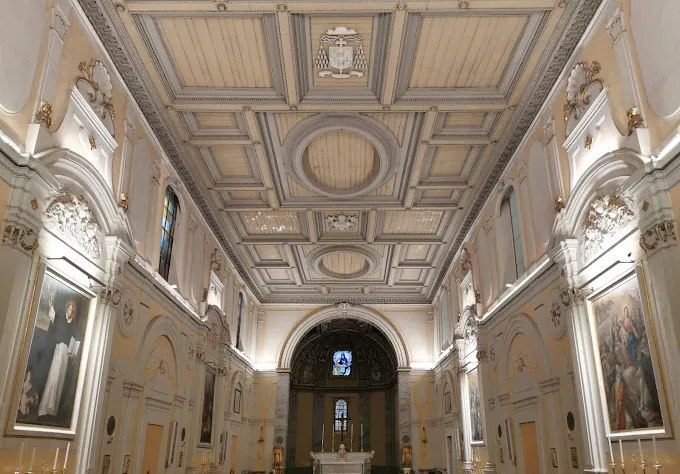
Architect: Filippo Raguzzini
Exterior : Medieval Legacy and Baroque Transformation
The Basilica of San Sisto Vecchio in Rome is a remarkable example of architectural evolution, reflecting various historical periods and artistic movements. Its design showcases a blend of early Christian simplicity, medieval elements, and Baroque restoration, with notable contributions from the architect Filippo Raguzzini. Below is an exploration of the church’s architectural features, organized into interior and exterior elements.
Bell Tower : A Medieval Landmark
One of the most iconic features of the Basilica of San Sisto Vecchio is its bell tower, which rises prominently above the church. This medieval structure is one of the few surviving elements from the original church, offering a glimpse into the architectural style of the Middle Ages. The bell tower not only serves as a visual focal point but also adds to the distinctive silhouette of the basilica, emphasizing verticality—a common trait in medieval church architecture.
Baroque Facade
While the exterior of the basilica retains much of its early Christian form, it was significantly influenced by the Baroque restoration of the 18th century. This restoration introduced ornate details to the facade, aligning with the Catholic Church’s broader Baroque reforms, which sought to create a more visually striking and spiritually evocative church. The simpler, earlier structure was enriched with decorative elements intended to enhance the church’s prominence and appeal.
Interior : Baroque Splendor and Early Christian Foundations
The layout of the interior of San Sisto Vecchio retains its roots in the early Christian basilica plan. Following the traditional design, the basilica has a long nave, side aisles, and a central apse, all arranged to facilitate liturgical ceremonies and processions. This simple layout reflects the functional, austere nature of early Christian church architecture, intended to accommodate large congregations while focusing on the spiritual experience.
Despite later embellishments, the basic structure of the church has remained true to this early Christian model, preserving the simplicity and serenity that were central to its original design.
Baroque Enhancements: Altars and Chapels
The true transformation of the basilica occurs in the interior, where the Baroque influence is most evident. During the 18th-century restoration, altars and chapels were added or redesigned to create a more ornate and visually captivating environment. These changes aimed to elevate the spiritual experience of the faithful by emphasizing the beauty and grandeur of the church’s sacred space.
Altars: The addition of Baroque-style altars brought intricate carvings, gilded accents, and dramatic compositions, all hallmarks of the Baroque period. These altars serve not only as functional liturgical spaces but also as focal points that guide the worshipper’s attention towards the divine.
Chapels: The chapels lining the nave were similarly enhanced with frescoes, sculptures, and altarpieces, many of which feature vivid, dynamic scenes drawn from religious history. These additions serve both to educate the faithful and to create a visually immersive environment that invites contemplation and prayer.
Feast Day
Feast Day: 6th August
The Basilica of San Sisto Vecchio in Rome is dedicated to St. Sixtus II, a pope and martyr who was martyred in 258 AD. The feast day of St. Sixtus II is celebrated on August 6.
Church Mass Timing
Sunday : 11:30am
Church Opening Time:
Monday : 9:00 am – 12:00 pm, 4:00 pm – 6:00 pm
Tuesday : 9:00 am – 12:00 pm, 4:00 pm – 6:00 pm
Wednesday : 9:00 am – 12:00 pm, 4:00 pm – 6:00 pm
Thursday : 9:00 am – 12:00 pm, 4:00 pm – 6:00 pm
Friday : 9:00 am – 12:00 pm, 4:00 pm – 6:00 pm
Saturday : 9:00 am – 12:00 pm, 4:00 pm – 6:00 pm
Sunday : 9:00 am – 12:00 pm, 4:00 pm – 6:00 pm
Contact Info
Address :
Piazzale Numa Pompilio, 8, 00153 Rome RM, Italy
Phone : +390677205174
Accommodations
Connectivities
Airway
Rome Airport (FCO) to Basilica of San Sisto Vecchio in Rome, Italy distance between 35 min (28.1 km) via A91.
Railway
Rome to Basilica of San Sisto Vecchio in Rome, Italy distance between 16 min (3.5 km) via Via Gallia.

